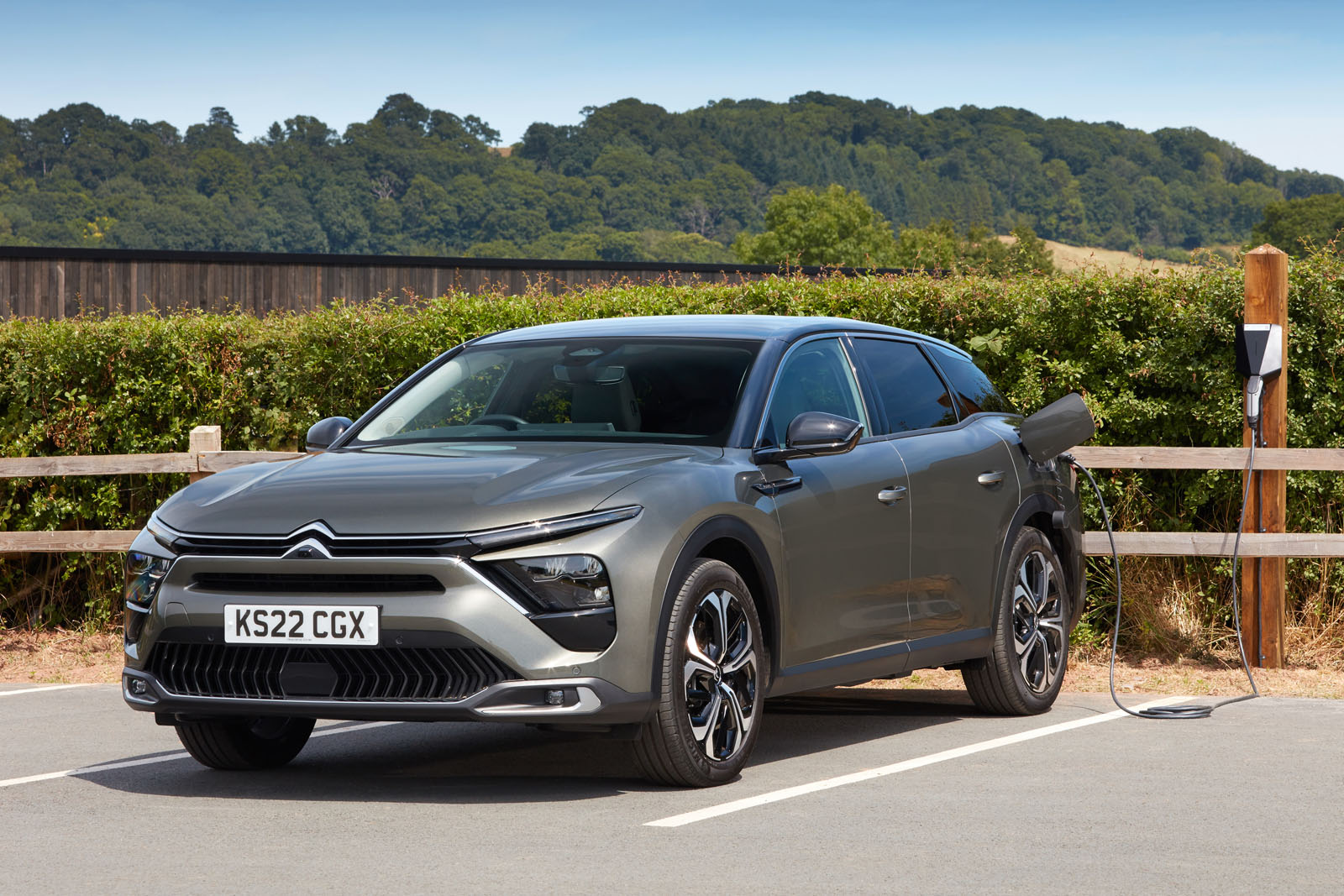It’s already happening in the UK. Oxford started a pilot ZEZ in the center of the city in February 2022 with plans to expand it further in a second phase.
The big question now is: will PHEVs qualify? “Currently, there is no globally universally applicable definition for zero-emission zones,” Alexander Timmer, a partner at Berylls, said. “In some cases, PHEVs with geofencing will probably be allowed, but there are hardly any precise regulations from the cities yet.”
Early signs are not good. Oxford, for example, said it would allow plug-in hybrids in early proposals but now says they don’t qualify: only those rated at zero grams per kilometer of CO2 can enter for free, outside of special exemptions. Green organization the ICCT (International Council for Clean Transportation) says only pure-electric and fuel cell vehicles should be allowed.
However, Europe-based green group Transport & Environment, in a paper assessing the Euro 7 regulations, wrote: “This risks shifting pollution to outside of geofenced areas as data shows that there is a large spike in pollution after a period of zero-emission driving.”
But cities might be more accommodating if they can be certain that plug-in hybrids are being used as intended.
Some plug-in hybrids are already capable of geofenced auto switching. For example, the Range Rover Sport 510e and 440e plug-in hybrids come with something called Predictive Energy Optimization that does just that. A large, 38kWh battery giving claimed electric-only range of up to 70 miles should cut the incidences of warning alarms.

